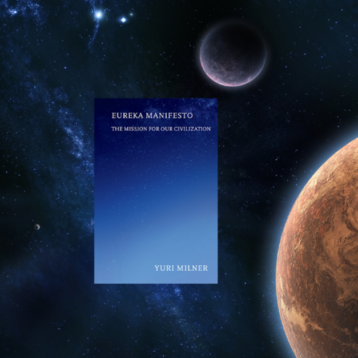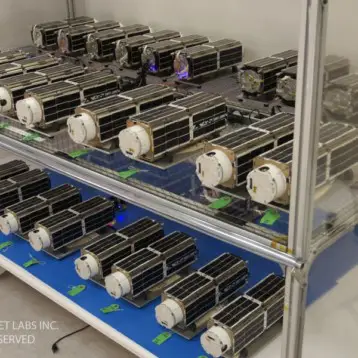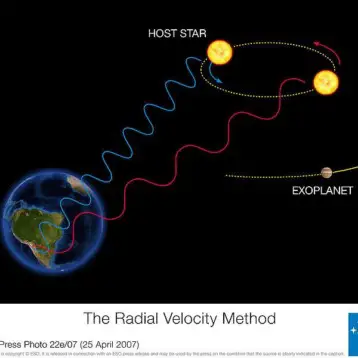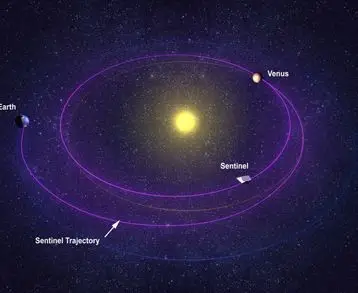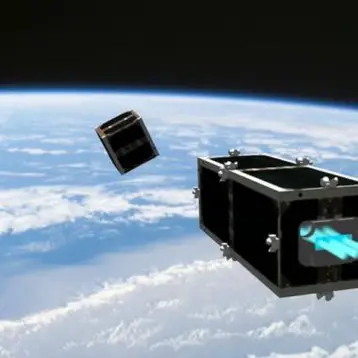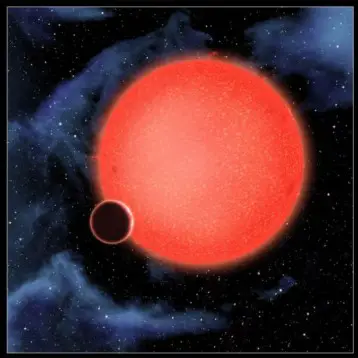|
One of the main tenets of cosmology holds that on a very large scale the universe is homogeneous and isotropic. This means that the universe is uniform and there is no preferred direction, so if we were to look at the universe from a location other than the earth, we would see a very similar picture to the one seen from earth. A closer look reveals that on smaller scales the universe has a non-uniform structure composed of clusters connected by filaments and separated by voids. This is known as the large scale structure, also dubbed the cosmic web, due to its resemblance to a spider’s web.
Research by an international team of cosmologists, led by professor Yehuda Hoffman from the Hebrew University in Jerusalem, followed the evolution of the local large scale structure, and in particular the course of the Milky Way and Andromeda, the largest galaxies in the Local Group.
One of the main tools in such studies is computer simulation. The simulations follow the development of a large number of “particles” (millions or even billions) under constraints set by initial conditions. Two computer simulations were used in the research. One was of a ΛCDM (Lambda-CDM) universe and the other of an OCDM universe. A ΛCDM universe is believed to accurately describe our universe. It consists of cold dark matter (CDM) which accounts for a fifth to a quarter of the matter in the universe, and of a cosmological constant, also called dark energy, that is responsible for the expansion of the universe. An open CDM universe (OCDM), which includes dark matter but no dark energy, was also simulated in order to determine the role of dark energy in the evolvement of the large scale structure.
|
Both simulations revealed very similar pictures of the Local Group in the future. This led the scientists to the conclusion that the matter density and not the dark energy is the main factor in determining the long term fate of the large scale structure. According to these simulations the cosmic web will resemble its present state but will be sharpened. The clusters will become more isolated and the filaments connecting them will be thinner.
From the positions and velocities of the Milky Way and Andromeda it can be deduced that they are on a collision course which will lead to their merge. From the two simulations used in this research the time of the merge was obtained. The ΛCDM simulation produced a time of 17.3 billion years from today, while the OCDM simulation gave a much shorter period of only 1.4 billion years. It should be noted that the distance between the two galaxies obtained in the ΛCDM simulation is larger than the observed distance; therefore the merger is predicted to take place in less than 17 billion years. In fact a recent research estimates the time at 5 billion years.
This study can be extended in a number of ways. Upcoming dark energy surveys may alter the starting conditions of the ΛCDM simulation and subsequently affect the large scale structure development. One may also vary the value of the dark matter density and study its effects on the evolvement of the cosmic web.
TFOT reported on NASA’s detailed ultraviolet image of the Triangulum Galaxy, a galaxy in the Local Group. TFOT also reported on the progress of the construction of a large camera intended to detect dark energy, the mysterious substance believed to cause the accelerated expansion of the universe.
Further information on the research, which was published in Journal of Cosmology and Astroparticle Physics, can be found in the Arxiv website (PDF).



